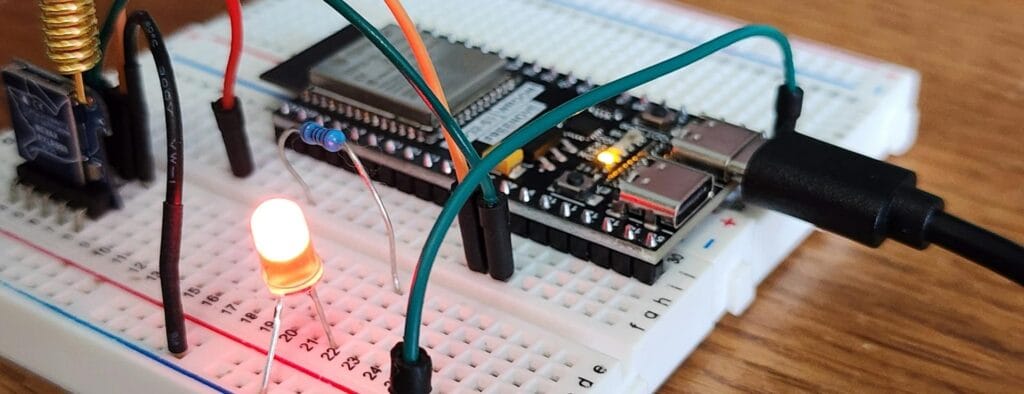The Internet of Things (IoT) is reshaping the landscape of business models across various industries, driving innovation and creating new opportunities for growth. By connecting devices and gathering real-time data, IoT enables organizations to enhance their operations, improve customer experiences, and develop new revenue streams. In this article, we’ll explore the role of IoT in digital business models, supported by real-life examples and practical advice.
Understanding IoT and Its Impact on Business Models
IoT refers to the network of interconnected devices that communicate and exchange data over the internet. This connectivity allows businesses to collect valuable insights from their operations, customers, and products. The integration of IoT into business models transforms traditional practices by enabling more efficient processes and personalized services.

Real-Life Example: Smart Home Devices
Consider the rise of smart home devices like thermostats, security cameras, and lighting systems. Companies like Nest (now part of Google) have created business models that leverage IoT technology to offer users enhanced control over their home environments. By collecting data on user preferences and behaviors, these devices can optimize energy usage, improve security, and provide convenience—all while generating valuable insights for the company.
Key Benefits of IoT in Business Models

1. Enhanced Operational Efficiency
IoT technology allows businesses to monitor their operations in real-time, leading to improved efficiency. For example, manufacturers can use IoT sensors to track machinery performance and predict maintenance needs before failures occur. This proactive approach reduces downtime and enhances productivity.
Example: General Electric (GE)
GE’s Predix platform exemplifies how IoT can optimize industrial operations. By analyzing data from sensors on industrial equipment, GE helps companies minimize maintenance costs and maximize uptime. This not only improves operational efficiency but also creates a competitive advantage for GE’s clients.
2. Data-Driven Decision Making
The data collected through IoT devices provides businesses with actionable insights that inform strategic decisions. By analyzing this data, organizations can identify trends, understand customer preferences, and make informed choices about product development or marketing strategies.
Personal Anecdote
In my previous role at a retail company, we implemented IoT-enabled sensors to track customer foot traffic in our stores. By analyzing this data, we discovered which areas attracted the most attention and adjusted our product placements accordingly. This simple change led to a noticeable increase in sales during peak shopping hours.
3. New Revenue Streams
IoT opens up opportunities for businesses to create new revenue streams through innovative services. Companies can transition from traditional sales models to subscription-based or pay-per-use models that provide ongoing value to customers.
Example: Philips Healthcare
Philips has embraced an IoT-driven business model in its healthcare division by offering connected medical devices that provide continuous patient monitoring. Instead of simply selling equipment, Philips charges healthcare providers based on usage or subscription fees for ongoing services. This shift not only generates recurring revenue but also enhances patient care through timely data analysis.
4. Improved Customer Experience
By leveraging IoT technology, businesses can offer personalized experiences that cater to individual customer needs. This level of customization fosters loyalty and enhances satisfaction.
Example: Tesla
Tesla’s vehicles utilize IoT technology to deliver over-the-air software updates that improve performance and add new features without requiring a visit to a service center. This continuous enhancement based on real-time data ensures that customers always have access to the latest technology, significantly improving their overall experience with the brand.
Implementing IoT in Your Business Model

To effectively integrate IoT into your business model, consider the following steps:
1. Define Clear Objectives
Start by identifying specific goals you want to achieve through IoT implementation. Whether it’s improving operational efficiency or enhancing customer engagement, having clear objectives will guide your strategy.
2. Invest in the Right Technology
Choose IoT platforms and devices that align with your business needs. Evaluate different technologies based on scalability, compatibility with existing systems, and ease of integration.
3. Focus on Data Management
Establish robust data management practices to ensure that you can effectively collect, analyze, and utilize the data generated by your IoT devices. Implement analytics tools that can turn raw data into actionable insights.
4. Foster a Culture of Innovation
Encourage a culture within your organization that embraces innovation and experimentation with new technologies. Engage employees at all levels in discussions about how IoT can enhance processes or create new opportunities.
5. Monitor Performance Metrics
Regularly track key performance metrics related to your IoT initiatives to assess their impact on your business model. Use these insights to refine your approach and make necessary adjustments.

Conclusion
The integration of IoT into digital business models is revolutionizing how organizations operate and interact with customers. By enhancing operational efficiency, enabling data-driven decision-making, creating new revenue streams, and improving customer experiences, IoT is paving the way for innovative growth strategies across industries.
As you consider how to leverage IoT within your own organization, remember that success lies not just in adopting technology but in aligning it with your strategic goals while fostering a culture of innovation. With careful planning and execution, you can harness the power of IoT to drive meaningful change and position your business for long-term success in an increasingly connected world!